The beauty stores in Manhattan’s Koreatown are usually bustling, even on a rainy Tuesday afternoon. However, the recent imposition of tariffs on South Korean goods has cast a shadow over the industry. According to an associate in one of the stores, popular sunscreens have changed their formulas since they are now manufactured in the United States, and some products have been sold out for weeks. The situation could worsen if the proposed 25% tariffs on South Korea go through.
South Korea’s Response to Tariffs
South Korean acting President Han Duck-soo had previously indicated that his country would not retaliate against the tariffs but would instead seek negotiations with the US. However, President Trump announced a 90-day pause on tariffs toward South Korea on Wednesday, though he did not indicate whether he was pausing the 10% universal tariff on all trading partners.
The Rise of K-Beauty in the US
Just a decade ago, Korean beauty products were a rare sight on American store shelves. Today, the United States imports $1.7 billion worth of cosmetics products from South Korea, according to 2024 data from the US International Trade Commission. This figure even surpasses that of beauty powerhouse France. Korean beauty conglomerates like Amore Pacific have millions of customers worldwide, recording $2.87 billion in sales in 2024, with its Americas sales surpassing those in China for the first time in the company’s history.
The Appeal of K-Beauty Products
American consumers have developed a strong preference for affordable, ultra-filtered Korean sunscreens, glass-skin face serums, and 10-step skincare routines. These products, especially sunscreens, contain modern UVA and UVB filters that the US Food and Drug Administration (FDA) has not yet approved, making them unavailable in US-manufactured items. As a result, Korean skincare’s biggest fans have few alternatives within the US.
Consumer Reactions to Tariffs
The potential for higher tariffs has caused a sense of panic among consumers. One TikTok user commented, “I’m unwell. If I have to use American skincare products, my face will age horrifically in the recession.” While the US is not formally in a recession, the fear of rising prices and changes in product formulas has led to a surge in demand for Korean beauty products.
The Impact on Business
Korean American skincare brand KraveBeauty, which has always kept its prices below $28, may have to increase prices due to the incoming tariffs. The founder, Liah Yoo, stated that the price hike is not out of greed but necessity. Even dedicated beauty fans who order from distributor sites like Yesstyle and Stylevana can expect to be hit by price hikes. Trump’s elimination of the de minimis provision, which allowed packages worth less than $800 to enter the country duty-free, will also affect these consumers.
The Future of K-Beauty in the US
Some Korean brands have already discontinued selling sunscreens in the US or moved their manufacturing inside the US to comply with regulations. For example, Kolmar, a skincare manufacturer, has labs in New Jersey and Pennsylvania. However, opening more facilities within the US could affect sales as products will have to comply with US regulations and may lose the key ingredients that attracted consumers in the first place.
The imposition of tariffs on South Korean goods has created significant uncertainty for the K-beauty industry in the US. Consumers are worried about rising prices and changes in product formulas, while businesses are grappling with the potential impact on their sales and operations. As the US and South Korea navigate these trade tensions, the future of K-beauty in the US remains uncertain.
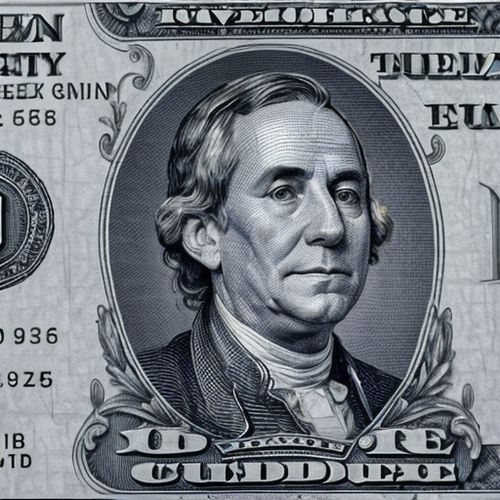
By Samuel Cooper/Apr 10, 2025

By Noah Bell/Apr 10, 2025

By Sarah Davis/Apr 10, 2025

By Noah Bell/Apr 10, 2025
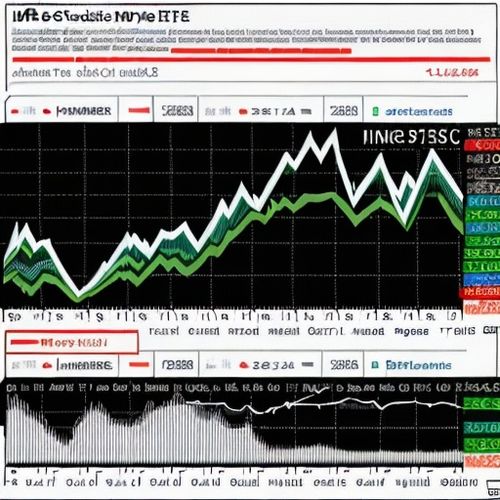
By Rebecca Stewart/Apr 10, 2025

By Lily Simpson/Apr 10, 2025
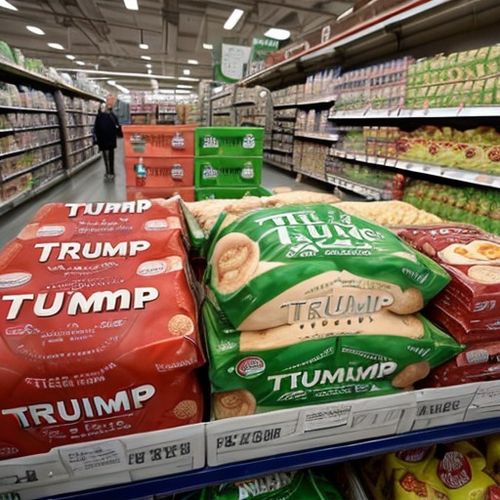
By Christopher Harris/Apr 10, 2025
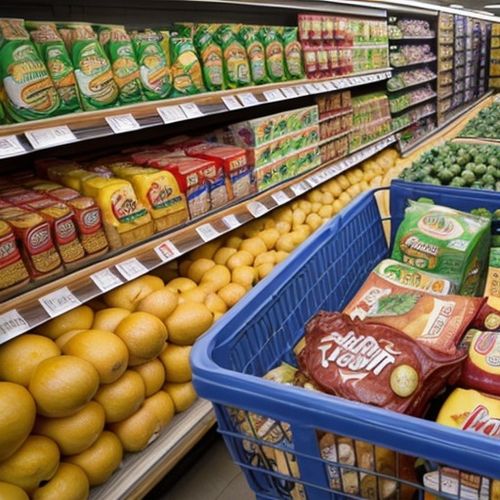
By Emma Thompson/Apr 10, 2025

By Olivia Reed/Apr 10, 2025
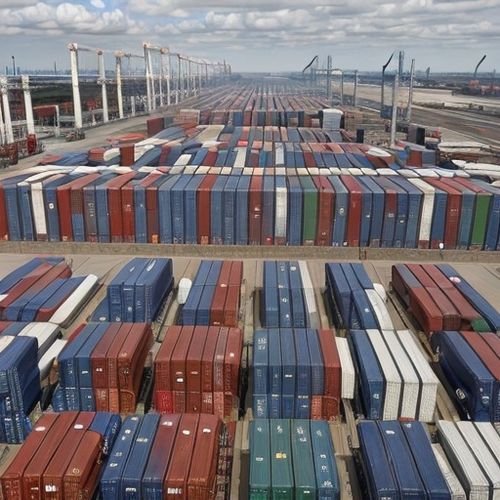
By Eric Ward/Apr 10, 2025
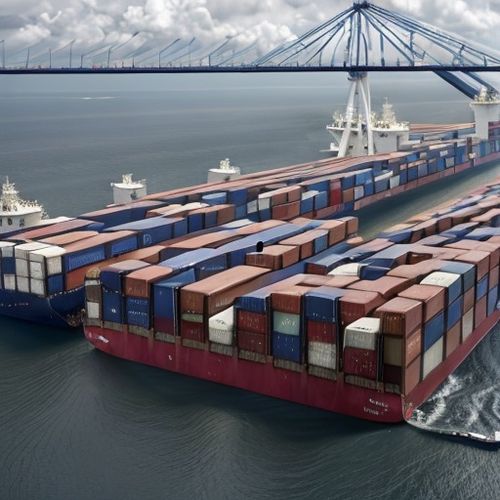
By Victoria Gonzalez/Apr 10, 2025

By Jessica Lee/Apr 10, 2025

By Sophia Lewis/Apr 10, 2025
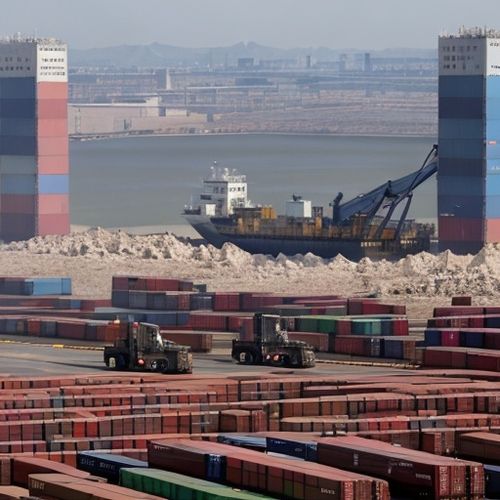
By Eric Ward/Apr 10, 2025
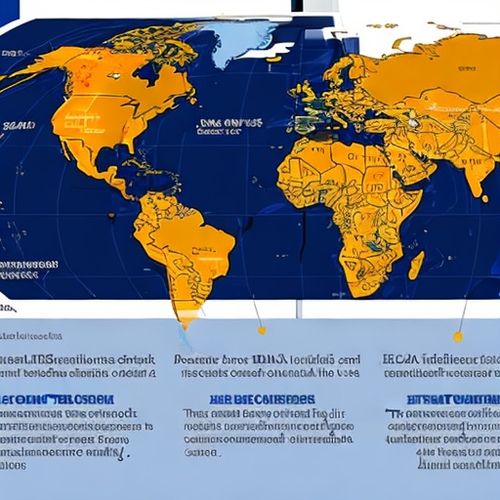
By William Miller/Apr 10, 2025

By James Moore/Apr 10, 2025